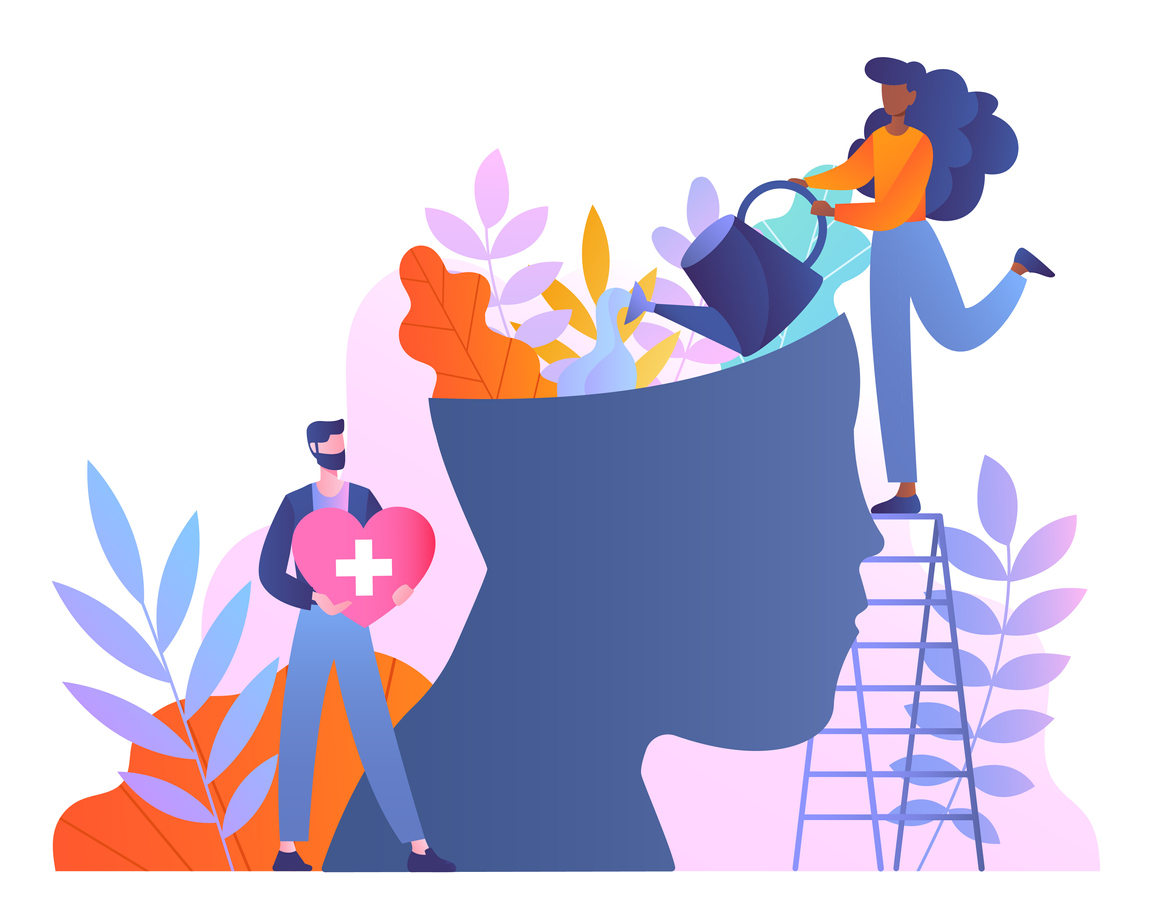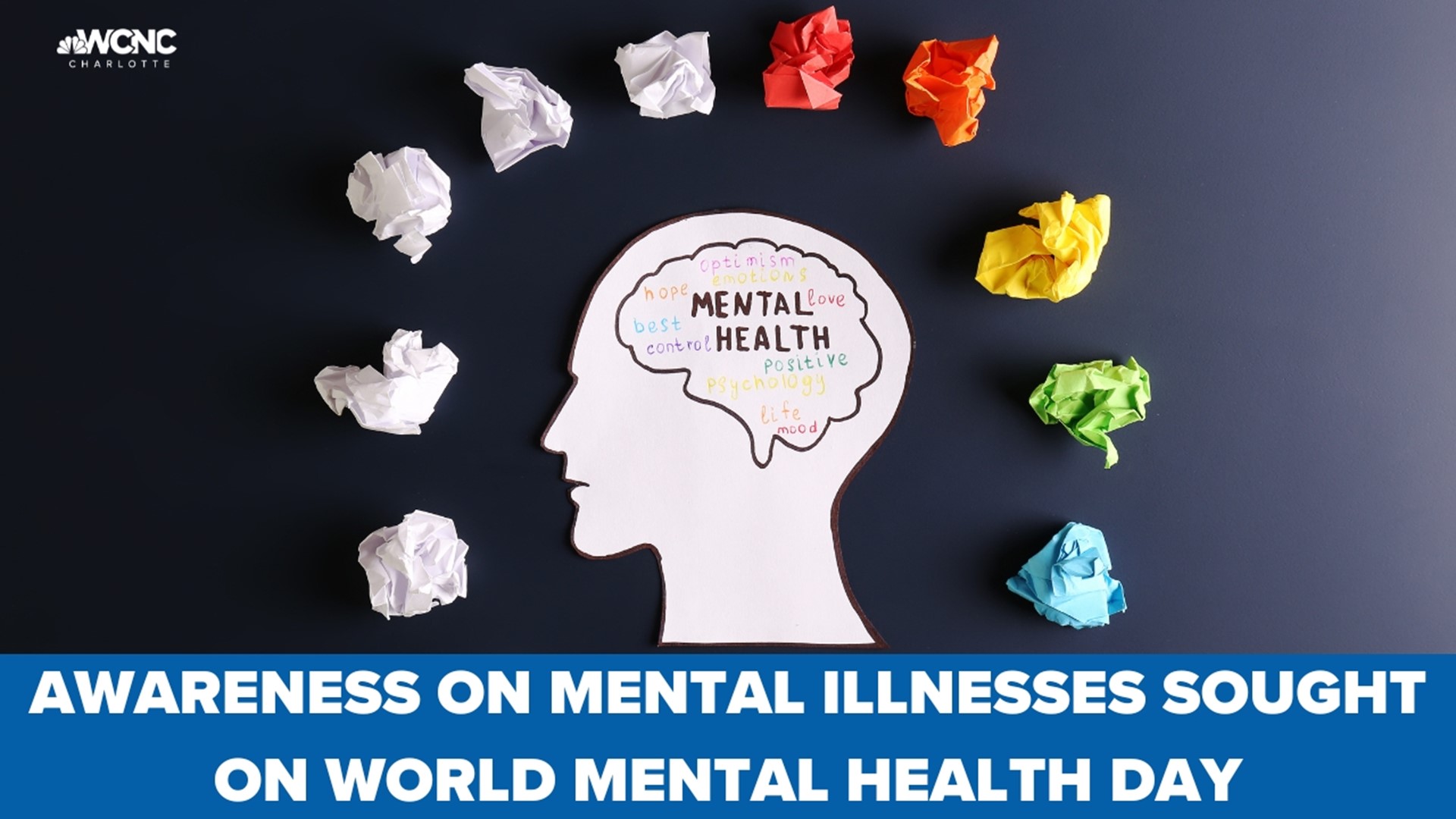
Echoes of Resilience: Nurturing Mental Wellness in Indigenous Youth
Beneath the vast skies of ancestral lands, a quiet crisis unfolds, often unseen by the broader public, yet deeply felt within Indigenous communities. Indigenous youth, the inheritors of profound cultural wisdom and immense resilience, face disproportionately high rates of mental health challenges, including anxiety, depression, substance abuse, and tragically, suicide. Their struggles are not merely individual afflictions but echoes of a painful history, a complex interplay of intergenerational trauma, systemic inequities, and the ongoing impact of colonization. This article delves into the critical need for culturally safe and community-driven mental health support for Indigenous youth, exploring the challenges, celebrating the triumphs, and advocating for a future where wellness is not just a dream, but a lived reality.
The statistics are stark and undeniable. In countries like Canada, Australia, New Zealand, and the United States, Indigenous youth suicide rates can be three to five times higher than those of their non-Indigenous peers, and in some remote communities, this figure can soar even higher. These numbers are not just data points; they represent vibrant young lives cut short, families shattered, and communities grieving. The root causes are deeply embedded in historical injustices: forced assimilation policies, residential schools (or boarding schools), the Sixties Scoop, land dispossession, and the systematic dismantling of cultural practices and family structures. These policies inflicted profound intergenerational trauma, which manifests today as a higher prevalence of mental health disorders, substance use issues, and a pervasive sense of loss and disconnection.
"The pain our young people carry is not just their own," explains Dr. Lena Strongbow, a Cree psychologist specializing in Indigenous mental health. "It’s the unresolved grief of their grandparents, the fear of their parents, the weight of a history that told them their culture was worthless. Healing means acknowledging this collective wound, not just treating individual symptoms."
Beyond historical trauma, contemporary challenges exacerbate the situation. Indigenous youth often navigate systemic racism, discrimination, poverty, inadequate housing, and a lack of access to quality education and healthcare. Geographically, many live in remote or isolated communities, where mental health services are scarce, underfunded, or non-existent. When services are available, they are often designed through a Western lens, failing to incorporate Indigenous worldviews, spiritual beliefs, and traditional healing practices. This cultural disconnect can make mainstream mental health support ineffective, or even harmful, reinforcing a sense of alienation rather than fostering healing.
The stigma surrounding mental illness further compounds the problem. While traditional Indigenous cultures often hold holistic views of health that integrate mind, body, and spirit, the imposed Western medical model has sometimes inadvertently contributed to the individualization and stigmatization of mental health issues. Young people may feel shame or fear judgment, making them reluctant to seek help, even from within their own communities.

Yet, amidst these profound challenges, a powerful movement of resilience and reclamation is taking root. Indigenous communities, youth, elders, and allies are leading the charge, developing innovative, culturally grounded approaches to mental wellness that honour traditional knowledge and empower the next generation. These initiatives recognize that true healing is not about "fixing" broken individuals, but about restoring balance, connection, and a sense of belonging within a vibrant cultural context.
One of the most powerful tools in this healing journey is cultural revitalization. Reconnecting youth with their language, ceremonies, traditional practices, and land-based activities has a profound positive impact on mental well-being. Learning ancestral languages, participating in sweat lodge ceremonies, traditional drumming, dancing, storytelling, or hunting and gathering activities can restore a sense of identity, purpose, and pride. These practices are not merely recreational; they are powerful forms of therapy, fostering connection to self, community, and the spiritual world.
"Our culture is our medicine," asserts Elder Joseph Red Feather, a traditional knowledge keeper. "When our young people learn their language, they learn who they are. When they dance, they feel their ancestors. When they go out on the land, they remember their connection to everything. This is where strength comes from, this is where healing begins."
Youth-led initiatives and peer support networks are also proving incredibly effective. Indigenous youth are often the best advocates for their peers, understanding the unique pressures and cultural nuances that adults might miss. Programs that train youth as mentors, facilitators, or peer counsellors not only provide immediate support but also build leadership skills and foster a sense of collective responsibility for wellness. These spaces offer a safe environment for young people to share their experiences, reduce feelings of isolation, and realize they are not alone in their struggles.
Community-based and Indigenous-led programs are at the forefront of this transformative work. These programs are designed by and for Indigenous people, ensuring that services are culturally appropriate, accessible, and responsive to local needs. They often adopt a holistic approach, integrating mental, emotional, physical, and spiritual well-being. Examples include:
- Land-based healing camps: Taking youth out to ancestral territories for extended periods, combining traditional teachings, survival skills, cultural ceremonies, and therapeutic group discussions.
- Cultural arts and crafts programs: Using traditional art forms like carving, beading, weaving, or painting as a means of expression, storytelling, and cultural connection.
- Intergenerational programs: Bringing elders and youth together to share knowledge, stories, and wisdom, strengthening family bonds and cultural transmission.
- Two-Eyed Seeing approaches: This concept, coined by Mi’kmaw Elder Albert Marshall, encourages the use of both Indigenous and Western ways of knowing. Mental health professionals work in partnership with traditional healers, integrating clinical therapies with ceremonies, spiritual guidance, and traditional practices. This approach validates Indigenous knowledge while leveraging the strengths of Western medicine.

A significant challenge remains securing adequate, sustained funding for these vital Indigenous-led initiatives. Many programs operate on shoestring budgets, relying heavily on grants and volunteer efforts. Governments and funding bodies must recognize the efficacy and cultural relevance of these approaches and commit to long-term, equitable funding that allows communities to build and expand their own services, free from restrictive bureaucratic requirements that often don’t align with Indigenous ways of working.
Furthermore, there is a critical need for cultural competency training within mainstream healthcare systems. Non-Indigenous mental health professionals must be educated on the history of colonization, the impact of intergenerational trauma, and the diversity of Indigenous cultures. This training is not about learning a checklist of cultural practices, but about fostering genuine respect, humility, and an understanding of how to build trust and work collaboratively with Indigenous communities and traditional healers.
The journey towards mental wellness for Indigenous youth is intrinsically linked to the broader goals of reconciliation and self-determination. When communities have the power to design, deliver, and govern their own health services, they can ensure those services truly reflect their values and needs. This means honouring treaty rights, addressing systemic racism in all its forms, and investing in the social determinants of health – education, housing, employment, and clean water – which are foundational to well-being.
The resilience of Indigenous youth is a powerful testament to the enduring strength of their cultures. They are not defined by their trauma, but by their capacity for healing, innovation, and leadership. Their voices are crucial in shaping the future of mental health support, advocating for services that resonate with their lived experiences and cultural identities.
In conclusion, the mental health crisis among Indigenous youth demands urgent attention and a fundamental shift in approach. It requires moving beyond Western-centric models to embrace the profound wisdom of Indigenous healing practices, led by Indigenous communities themselves. It calls for sustained investment, genuine partnership, and a commitment to dismantling the systemic barriers that continue to perpetuate harm. By nurturing cultural connections, empowering youth voices, and supporting community-driven initiatives, we can collectively work towards a future where every Indigenous young person has the opportunity to thrive, to heal, and to walk a path illuminated by the strength of their ancestors and the promise of a vibrant, healthy future. The echoes of resilience are growing louder, a hopeful sound that calls us all to listen, learn, and act.

